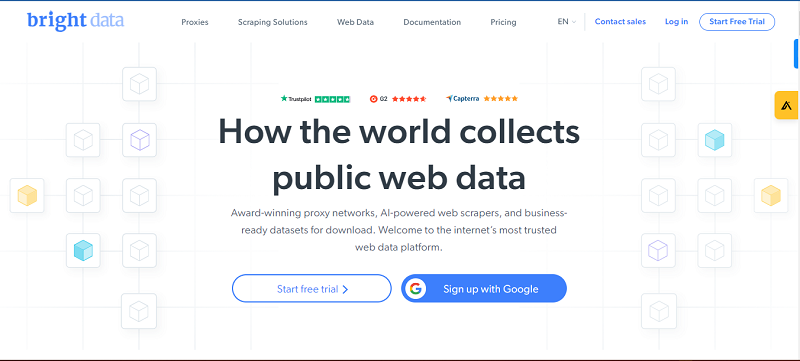Because of the flexibility and scalability of cloud services, organizations can experiment with big data in an elastic and malleable environment. For data-focused businesses, this had led to a better use of big data sources and the information gleaned from social media, IoT devices, retail beacons, and the likes are put to use in analytics programs, including open source tools such as Apache Hadoop and Spark, to generate useful insights quickly. With the exponentially increasing stores of data, the cloud is an invaluable tool not only for the storage and security of raw data but for the study and progression of it.
As Microsoft expandsits cloud big data analytics, with its Linux compatibility enticing new organizations to adopt cloud-based big data solutions, and support for open-source R language a significant attraction, Google edges further into big data and cloud analytics with its new Cloud Machine Learning suite of services. Amazon and IBM round up the four cloud computing giants, and we have IBM Watson working on big data and genomics in Italy, and Amazon Web Services attempting to dominate the IoT landscape with an improved suite of streaming data and analytics services. With such formidable competition, the cloud and big data industry is flourishing, and users are reaping the rewards.
Unsurprisingly, social media is a chief source of data for many businesses thanks to the instant feedback of products and services. And so, customers are being tracked to add the more personal data elements to the already massive quantities of data organizations have access to. One of the key outcomes of this trend is that businesses are better understanding their customers, as well as improving their communication to them.
Machine learning continues to grow as algorithms enabling computers to learn from experience are improved and refined. Predictive analytics is one sector well-positioned to benefit from this, and deep neural nets are likely to start making a stir thanks to algorithms that allow the modeling of complex nonlinear relationships, thus enabling machines to observe their environs. Emotion recognition software is another development to watch out for, suggesting a fresh range of data analytics applications along with the ‘warm’ data it’s likely to produce.
Self-driving cars are already emerging in our world, but this is only one aspect of today’s evolving automotive technology. Manufacturers are using data to improve driver and passenger experience, enhance safety, and increase efficiencies, and it’s not difficult to imagine a world where every vehicle is connected to a data center.
The synergy between cloud computing and big data allows organizations to efficiently and cost-effectively implement big data solutions with everyday information collected, stored, and analyzed through cloud services. The information is available anywhere and can be stored in locations throughout the globe, and as businesses recognize the potential, investment in big data and cloud computing escalates.
By Jennifer Klostermann





